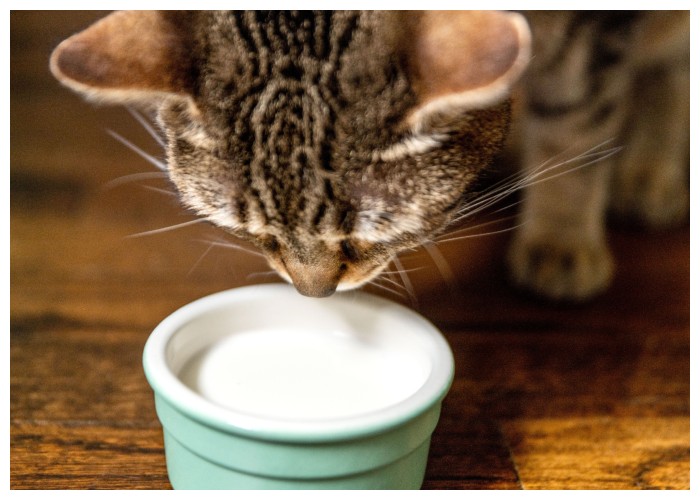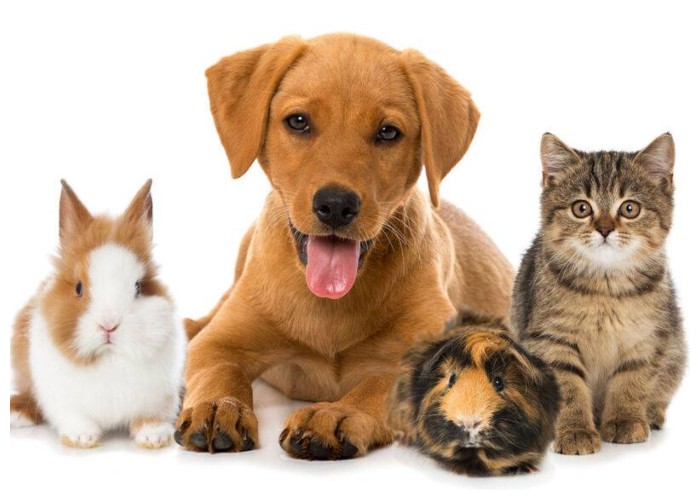In the world of pet ownership, where our love for our four-legged companions knows no bounds, the journey to provide the best for them is often paved with good intentions and, unfortunately, a fair share of misinformation. From age-old tales that have woven their way into the fabric of pet care culture to widely held beliefs debunked by modern science, misconceptions can lead well-meaning pet owners astray. Today, we aim to shed light on and dispel five of the most persistent pet care myths, arming you with the knowledge to navigate the nuances of pet care with confidence and clarity.
- The Myth of the Ominous Black Cat
The superstition surrounding black cats as harbingers of bad luck is as old as time, yet it stands on shaky ground. Far from the ominous figures folklore makes them out to be, black cats have been celebrated as symbols of prosperity and good fortune across various cultures. In Scotland, a black cat’s appearance on your doorstep is a harbinger of prosperity. Similarly, in Japan, black cats are cherished and believed to bring good luck to their owners. Even the high seas have tales of black cats as protectors against storms, revered by sailors for their supposed mystical ability to calm the waters. This global reverence for black cats uncovers the baseless nature of the bad luck myth, inviting a reevaluation of the superstition that has shadowed these majestic creatures for too long.
-
The Milk Misconception
The image of a cat happily lapping up a saucer of milk is ingrained in popular culture, yet this idyllic scene hides an uncomfortable truth. Cats, much like many humans, can be lactose intolerant, with milk leading to digestive discomfort, dehydration, and a host of other health issues. While kittens have the enzymes necessary to digest their mother’s milk, this ability fades as they grow. The best liquid nourishment for cats? Good old-fashioned water. If you’re looking to treat your feline friend, opt for specially formulated cat treats that cater to their dietary needs without the side effects of dairy.

-
Color Perception in Dogs
The notion that the world appears to dogs only in shades of gray is a misconception that undermines the complexity of canine vision. Though dogs perceive colors differently than humans, they are not colorblind. Research indicates that dogs can see variations of blue and yellow, providing them with a unique perspective on the world. This dichromatic vision, while limited compared to human sight, is complemented by their superior sense of smell and hearing, painting a rich tapestry of sensory experiences that guide their interaction with their environment.
-
Old Dogs and New Tricks: A Tale of Lifelong Learning
Contrary to the adage, an old dog can indeed learn new tricks. Age is not a barrier to learning; rather, it’s an invitation to adapt training methods to the evolving needs of an aging canine companion. Engaging older dogs in learning not only keeps their minds sharp but also strengthens the emotional bond they share with their owners. With patience, positive reinforcement, and tailored training techniques, teaching your senior dog new tricks can be a rewarding endeavor that enriches both of your lives.

-
The Feline Fallacy
While cats possess a remarkable ability to right themselves during a fall, the belief that they are immune to injury is a dangerous myth. This innate reflex, known as the “righting reflex,” allows cats to land on their feet more often than not. However, falls from significant heights can still result in serious injuries. Protecting your cat from high-risk situations is essential to their well-being, debunking the myth of the invincible falling cat.
By challenging these myths and embracing a more informed approach to pet care, we can ensure our beloved companions enjoy a life marked by well-being, happiness, and the truest form of luck—being cared for and loved by well-informed pet owners.